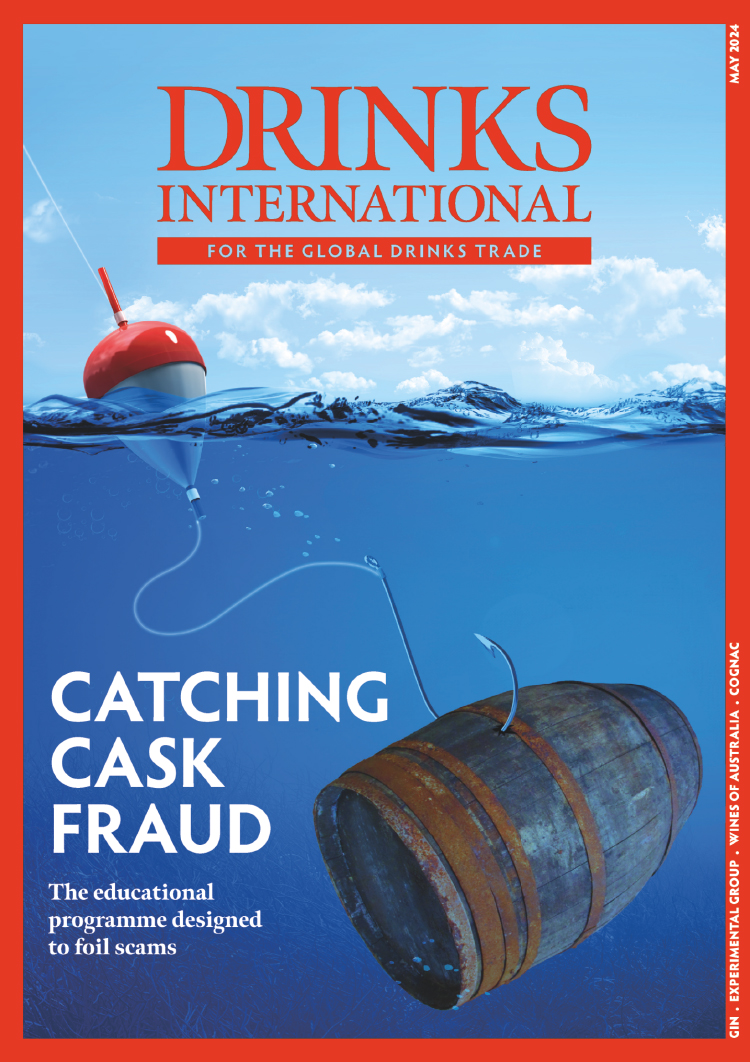SPAIN IS THE WORLD'S THIRD-LARGEST CONSUMER OF GIN, after the Philippines and US, and its appetite is only getting stronger. Perhaps it’s an exaggeration to say the past five years or so have seen Spain’s version of the UK’s 18th century Gin Craze, but there is a curious comparison to the fact that the country’s thirst for the spirit also comes in times of hardship.
While Spain’s GDP has been steadily dropping since 2009 – and unemployment has reached 20% – gin’s volume increased 11% in the period (2008-2013) and is expected to rise a further 14% by 2018, says Euromonitor International.
“I’m not an economist, so I can’t comment broadly about recovery, but what I can say is that the growth of gin seems to have bucked the economic difficulties in Spain,” says JC Iglesias, Beefeater global brand director. “While the economy has struggled and some spirits categories have faced challenges, gin has continued to grow.”
Give or take, there are about 300 gin brands active in the Spanish market, of which approximately 100 are indigenous.
Charles Maxwell, Thames Distillers director and master distiller, told Drinks International about the struggle Spanish gins are experiencing when trying to get a foothold in such a saturated market. “In Spain indigenous brands have seen volumes decline by several million cases. In nearly all established gin markets, while volumes may not be increasing the value of the sales is markedly on the rise – this is especially true of the US, Spain and the UK and other markets are showing clear signs of following.”
Euromonitor figures show sales value has increased in both the Spanish on and off-trade over the past five years – 1%, 30% respectively.
Larios, Beam Suntory’s locally produced mid-market gin, is one that has suffered in the volume stakes. The brand was the market leader until 2008 but dropped off the million case mark in 2009 and has yet to regain the leading position and case sales experienced in 2007 (1.32m.) This brand’s fate is symptomatic of the trends towards premiumisation.
According to Euromonitor, from 2008-2013 economy gin dropped 17% in volume, the mid-priced segment fell 1.5%, premium increased 9% and super-premium rose 200%.
What’s more, premium gin increased by 14.8% in volume last year, while super-premium gin rose by 2.4% from 2012-2103.
Maxwell describes Spain as the “best market in the world per head for premium gin”.
Lewis Johnstone, sales director at Hayman Distillers agrees. “It is incredibly important to have a stake in the Spanish market if you are serious about your premium intentions,” he says.
Fabien Callais, export manager for Eurowinegate, adds that the Spanish market is “definitely the most dynamic and most important premium-segment gin market in the world”.
But there’s a warning from Paul Kerstens, export director of Casalbor, which handles Bayswater gin and launched Wint & Lila, a London dry gin earlier this year. “The category has won over the whole concept of premium gin. But after the boom, when other categories gain favour, only up to 15 premium gins will survive in the Spanish market. There is absolutely not enough room for all these brands and some will undoubtedly fall out.”




